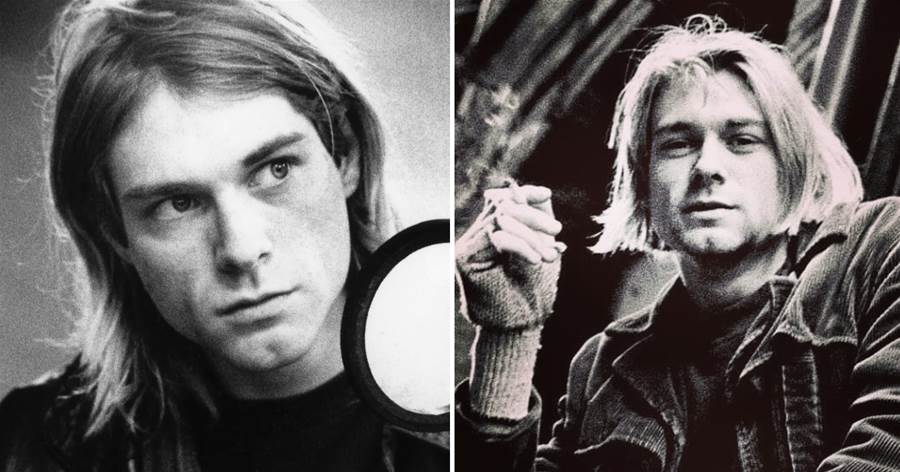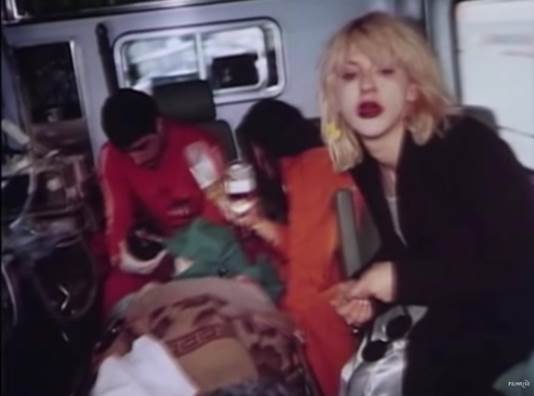
On April 8, 1994, the world was shocked by the tragic news of Kurt Cobain’s death. The lead singer of Nirvana, a band that had become the voice of a generation, was found dead in his Seattle home. Authorities quickly ruled Cobain's death a suicide, citing a self-inflicted shotgun wound and a massive dose of heroin as the causes. However, over the years, doubts have lingered about whether Cobain’s death was truly a suicide or if something more sinister occurred.

Tom Grant, a private investigator and former L.A. County Sheriff’s deputy, has been at the forefront of these suspicions. Hired by Cobain’s wife, Courtney Love, just days before Cobain’s body was discovered, Grant has spent decades investigating the case. From the start, he believed that the official ruling was flawed. According to Grant, the details surrounding Cobain's death are riddled with inconsistencies that point towards foul play rather than a simple suicide.

Cobain’s death came just weeks after a near-fatal overdose in Rome on March 4, 1994. Following this incident, Cobain was persuaded to check into the Exodus Recovery Center in California but left just 48 hours later, returning to Seattle. In the days leading up to his death, Cobain was reportedly seen at his home by various individuals, but his exact whereabouts remained unclear. Courtney Love hired Grant to track Cobain’s movements, but instructed him not to make contact, only to report back with his findings.
The article is not finished. Click on the next page to continue.



















